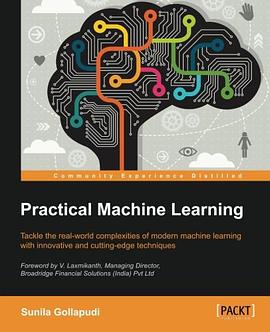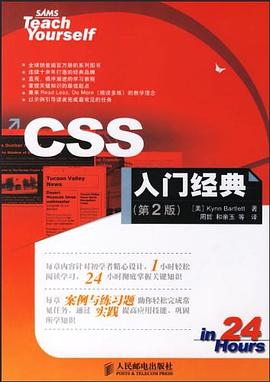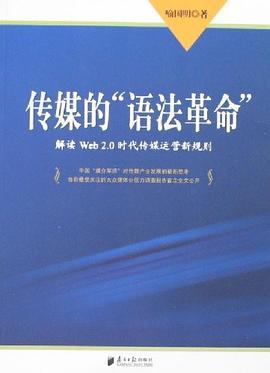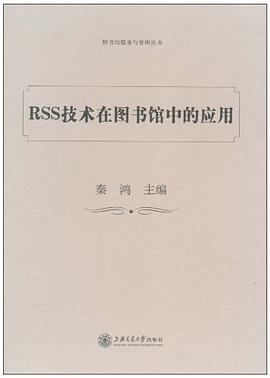Preface to the Third Edition
1 Introduction to the Logistic Regression Model
1.1 Introduction
1.2 Fitting the Logistic Regression Model
1.3 Testing for the Significance of the Coefficients
1.4 Confidence Interval Estimation
1.5 Other Estimation Methods
1.6 Data Sets Used in Examples and Exercises
2 The Multiple Logistic Regression Model
2.1 Introduction
2.2 The Multiple Logistic Regression Model
2.3 Fitting the ultiple Logistic Regression Model
2.4 Testing for the Significance of the Model
2.5 Confidence Interval Estimation
2.6 Other Estimation Methods
3 Interpretation of the Fitted Logistic Regession Model
3.1 Introduction
3.2 Dichotomous Independent Variable
3.3 Polychotomous Independent Variable
3.4 Continuous Independent Variable
3.5 Multivariable Models
3.6 Presentation and Interpretation of the Fitted Values
3.7 A Comparision of Logistic Regression and Stratified Analysis for 2x2 Tables
4 Model-Building Streategies and Methods for Logistic Regression
4.1 Introduction
4.2 Purposeful Selection of Covariates
4.2.1 Methods to Examine the Scale of a Continuous Covariate in the Logit
4.2.2 Examples of Purposeful Selection
4.3 Other Methods for Selecting Covariates
4.3.1 Stepwise Selection
4.3.2 Best Subsets Logistic Regression || SAS: PROC LOGISTIC
4.3.3 Multivariable Fractional Polynomials
4.4 Numerical Problems
5 Assessing the Fit of the Model
5.1 Introduction
5.2 Summary Measures of Goodness of Fit
5.2.1 Pearson Chi-Square Statistic, Deviance, and Sum-of-Squares
5.2.2 The Hosmer-Lemeshow Tests
5.2.3 Classification Tables
5.2.4 Area Under the Receiver Operating Characteristic Curve
5.2.5 Other Summary Measures
5.3 Logistic Regression Diagnostics
5.4 Assessment of Fit via External Validation
5.5 Interpretation and Presentation of the Results from a Fitted Logistic Regression Model
6 Application of Logistic Regression with Different Sampling Models
6.1 Introduction
6.2 Cohort Studies
6.3 Case-Control Studies
6.4 Fitting Logistic Regression Models to Data from Complex Sample Surveys
7 Logistic Regression for Matched Case-Control Studies
7.1 Introduction
7.2 Methods For Assessment of Fit in a 1-M Matched Study
7.3 An Example Using the Logistic Regression Model in a 1-1 Matched Study
7.4 An Example Using the Logistic Regression Model in a 1-M Matched Study
8 Logistic Regression Models for Multinomial and Ordinal Outcomes
8.1 Multinomial Logistic Regression Model
8.1.1 Introductino to the Model and Estimation of Model Parameters
8.1.2 Interpreting and Assessing the Significance of the Estimated Coefficients
8.1.3 Model-Building Strategies
8.1.4 Assessment of Fit and Diagnostic Statistics
8.2 Ordinal Logistic Regression Model
8.2.1 Introduction to the Models, Methods for Fitting and Interpretation of Model Parameters
8.2.2 Model-Building Strategies
9 Logistic Regression Models for the Analysis of Correlated Data
9.1 Introduction
9.2 Logistic Regression Models for the Analysis of Correlated Data
9.3 Estimation Methods for Correlated Data Logistic Regression Models
9.4 Interpretation of Coefficients from Logistic Regression
9.4.1 Population Average Model
9.4.2 Cluster-Specific Model
9.4.3 Alternative Estimation Methods for the Cluster-Specific Model
9.4.4 Comparison of Population Average and Cluster-Specific Model
9.5 An Example of Logistic Regression Modeling with Correlated Data
9.5.1 Choice of Model for Correlated Data Analysis
9.5.2 Population Average Model
9.5.3 Cluster-pecific Model
9.5.4 Additional Points to Consider when Fitting Logistic Regression Models to Correlated Data
9.6 Assessment of Model Fit
9.6.1 Assessment of Population Average Model Fit
9.6.2 Assessment of Cluster-Specific Model Fit
9.6.3 Conclusions
10 Special Topics
10.1 Introduction
10.2 Application of Propensity Score Methods in Logistic Regression Modeling
10.3 Exact Methods for Logistic Regression Models
10.4 Missing Data
10.5 Sample Size Issues when Fitting Logistic Regressino Models
10.6 Bayesian Methods for Logistic Regression
10.6.1 The Bayesian Logistic Regression Model
10.6.2 MCMC Simulation
10.6.3 An Example of a Bayesian Analysis and Its Interpretation
10.7 Other Link Functions for Binary Regression Models
10.8 Mediation
10.8.1 Distinguishing Mediators from Confounders
10.8.2 Implications for the Interpretation of an Adjusted Logistic Regression Coefficient
10.8.3 Why Adjust for a Mediator?
10.8.4 Using Logistic Regression to Assess Mediation: Assumptions
10.9 More About Statistical Interaction
10.9.1 Additive versus Multiplicative Scale-Risk Difference versus Odds Ratios
10.9.2 Estimating and Testing Additive Interaction
References
Index
· · · · · · (
收起)






















